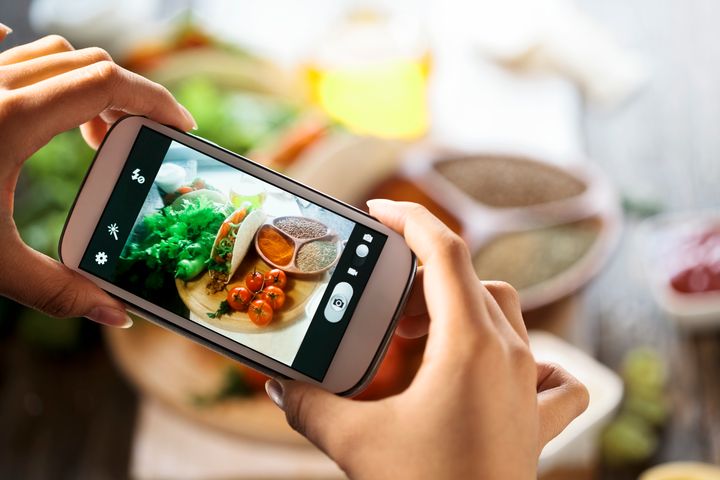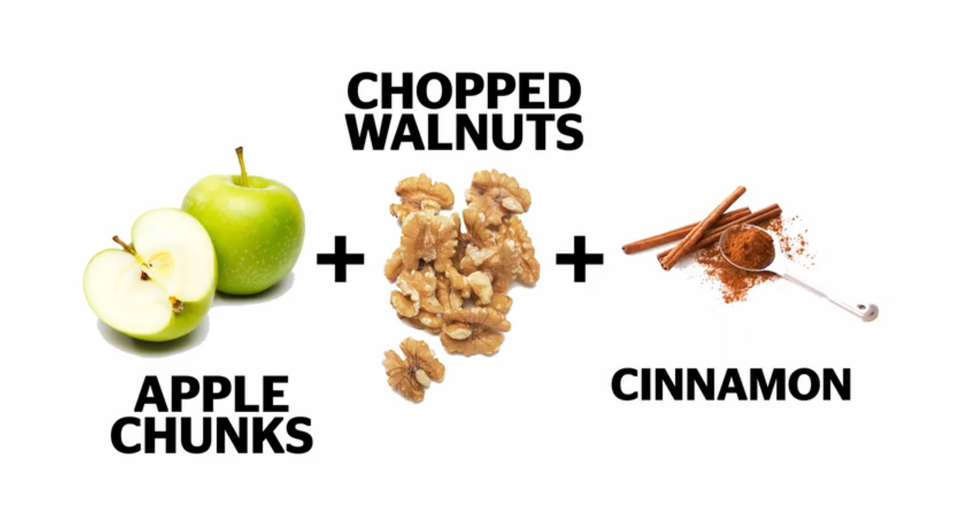If you’re looking to kickstart weight loss you may want to join the hoards of people sharing photos of their dinner on Instagram.
New research suggests snapping a photo of your food might help you keep track of your diet and improve your overall health.
The scientists found that food photos can help can provide useful insights for dieticians offering us personalised advice on healthier eating.
The study found that image-based dietary assessment, or IBDA, could help eliminate some of the challenges experts frequently encounter, such as patients struggling to recall their diet accurately.

The research tested the ability of 114 nutrition and dietetics students in the US and Australia to identify foods and determine serving sizes by looking at photos of food on plates.
The students correctly identified the nine different foods nearly 80% of the time.
According to study author Mary Cluskey, this could be usual for patients with conditions such as diabetes and heart disease, who are visiting an expert for essential dietary advice.
For example, a pre-diabetes patient could take a picture of everything they ate for three days and a dietitian could then analyse those photos to make recommendations for dietary improvements.
“If you’re providing me with your dietary intake information, you may not be trying to falsify the information, because you’re sincerely interested in improving your diet,” Cluskey said.
“But I’m depending on your ability to recall what you ate and your ability to correctly tell me what portions and specific ingredients you had - there are all kinds of things that can make it go wrong.
“Images can facilitate your recall...and they also prompt important questions from a dietitian: ‘was that low-fat dressing or high-fat?’ Plus, images make dietary assessments more entertaining because people do like to take pictures of food.”
The study did identify one shortfall of the food photos - while the students were able to accurately identify the foods in the photos, they struggled to estimate portion size.
Only 38% of the estimates were within 10% of the actual weight of the food, with foods of amorphous shape or higher energy density, such as ice cream, proving the hardest to assess.
Students with a food preparation background that included cooking from recipes and frequently measuring portions performed better than those without that type of background, suggesting that future training of dietetics students should incorporate more of those types of experiences.
“We also need to work with people on their ability to take photos,” Cluskey said.
“Shoot at a 45-degree angle to the food, preferably while you’re standing, and make sure you have adequate light.
“We want to make it as easy as possible for people to provide information that’s as accurate as possible.”
The study is published in full in the journal Nutrients.
